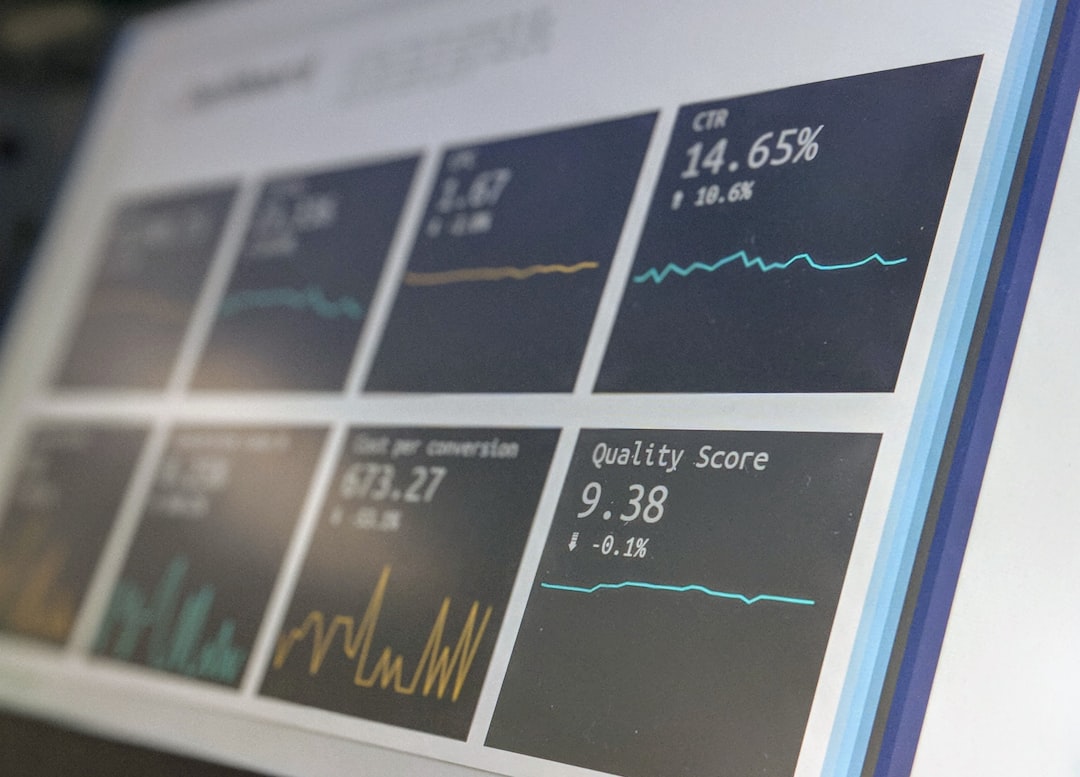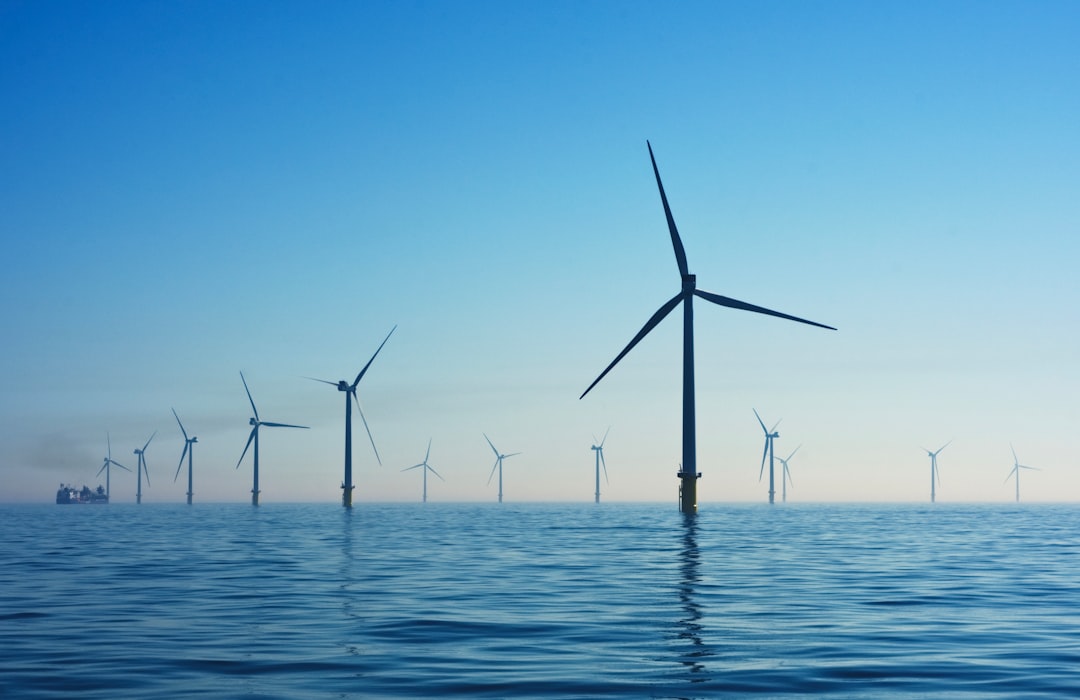What is it about?
Analysis of structural imperfections of materials, spare parts, or components of a system is important in preventing the malfunction of devices. This can be achieved by active thermography, where the specimen is heated by flashlamps, lasers, etc., and the corresponding temperature evolution is then measured on the surface. Here, for the first time, we combine the recently developed virtual wave concept with deep learning techniques in order to detect defects inside the material by using thermal images.
Featured Image

Photo by National Cancer Institute on Unsplash
Why is it important?
We found that the virtual wave concept serves as an efficient feature extraction technique by which prior knowledge, such as non-negativity and sparsity, can be incorporated into the training process. Our experiments showed that, the proposed deep learning based reconstruction procedures significantly outperformed the conventional numerical methods in terms of reconstruction accuracy. Additionally, our approach permits real-time imaging, even with embedded hardware.
Perspectives
There is a great potential in hybrid methods where the model-based reconstruction is combined with deep learning techniques. Thus, we expect that researchers from both disciplines, i.e. from the machine learning community, as well as from physics, will show great interest in the outcomes of this project. To encourage the development of other deep-learning-based reconstruction techniques, we release both the synthetic and the real-world datasets along with the implementation of the deep learning methods to the research community. This is available at: https://git.silicon-austria.com/pub/confine/ThermUNet
Peter Kovacs
Eotvos Lorand Tudomanyegyetem
Read the Original
This page is a summary of: Deep learning approaches for thermographic imaging, Journal of Applied Physics, October 2020, American Institute of Physics,
DOI: 10.1063/5.0020404.
You can read the full text:
Resources
Contributors
The following have contributed to this page










